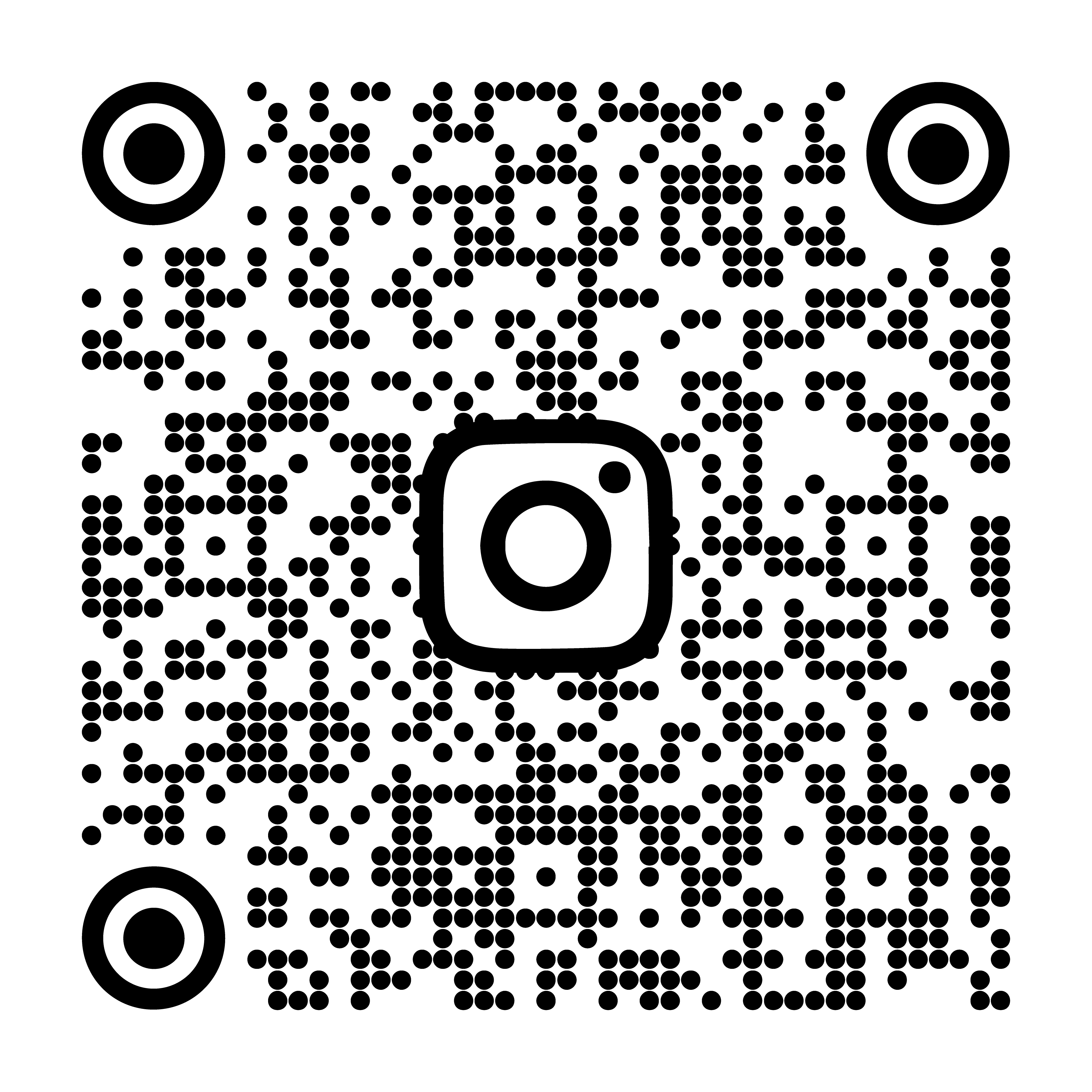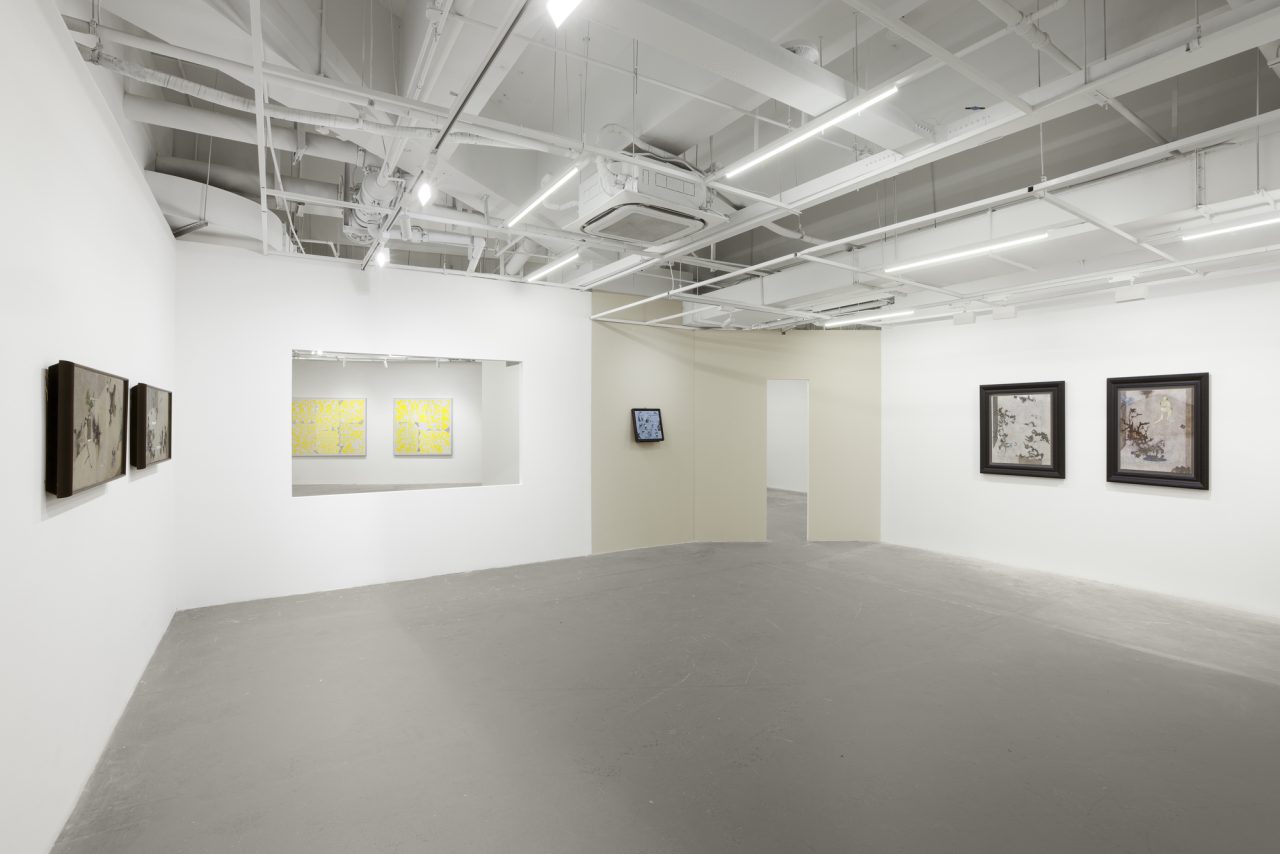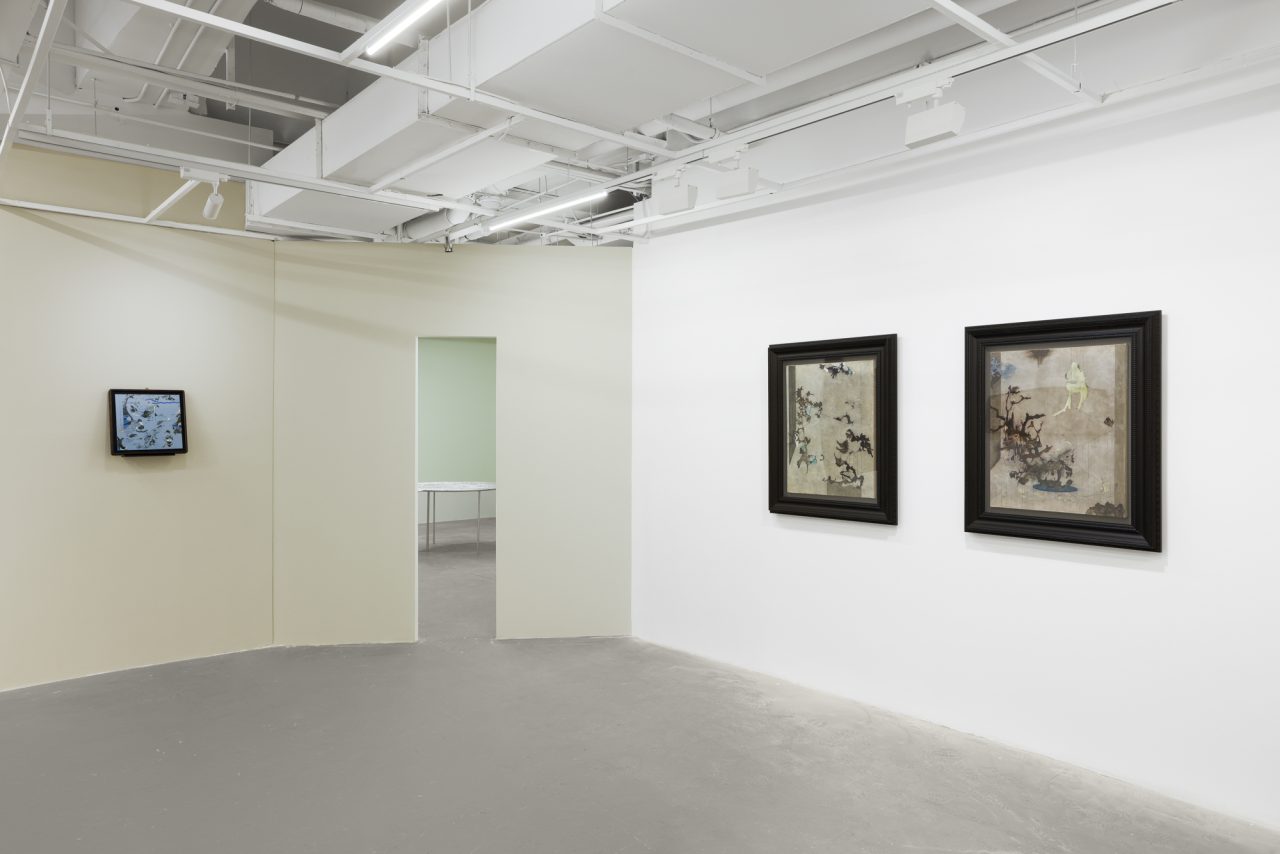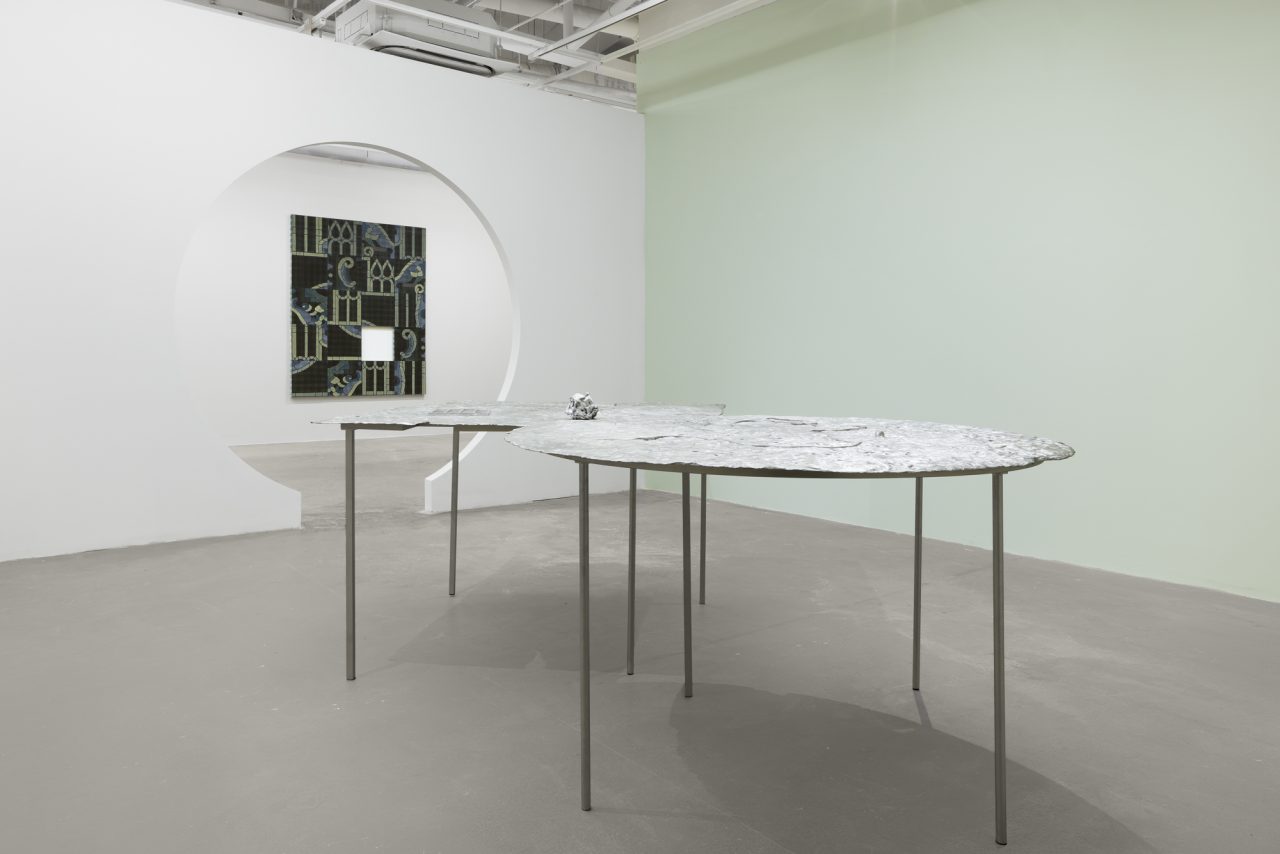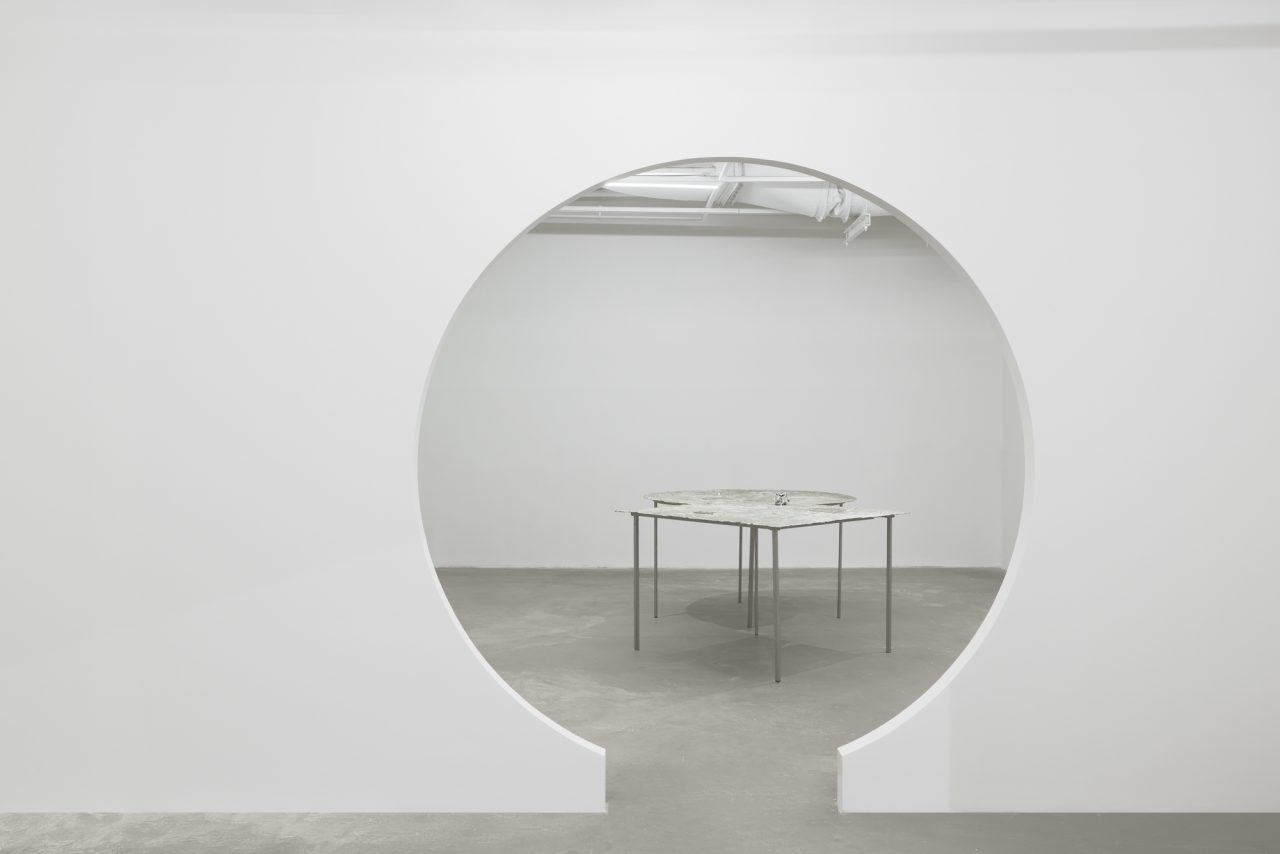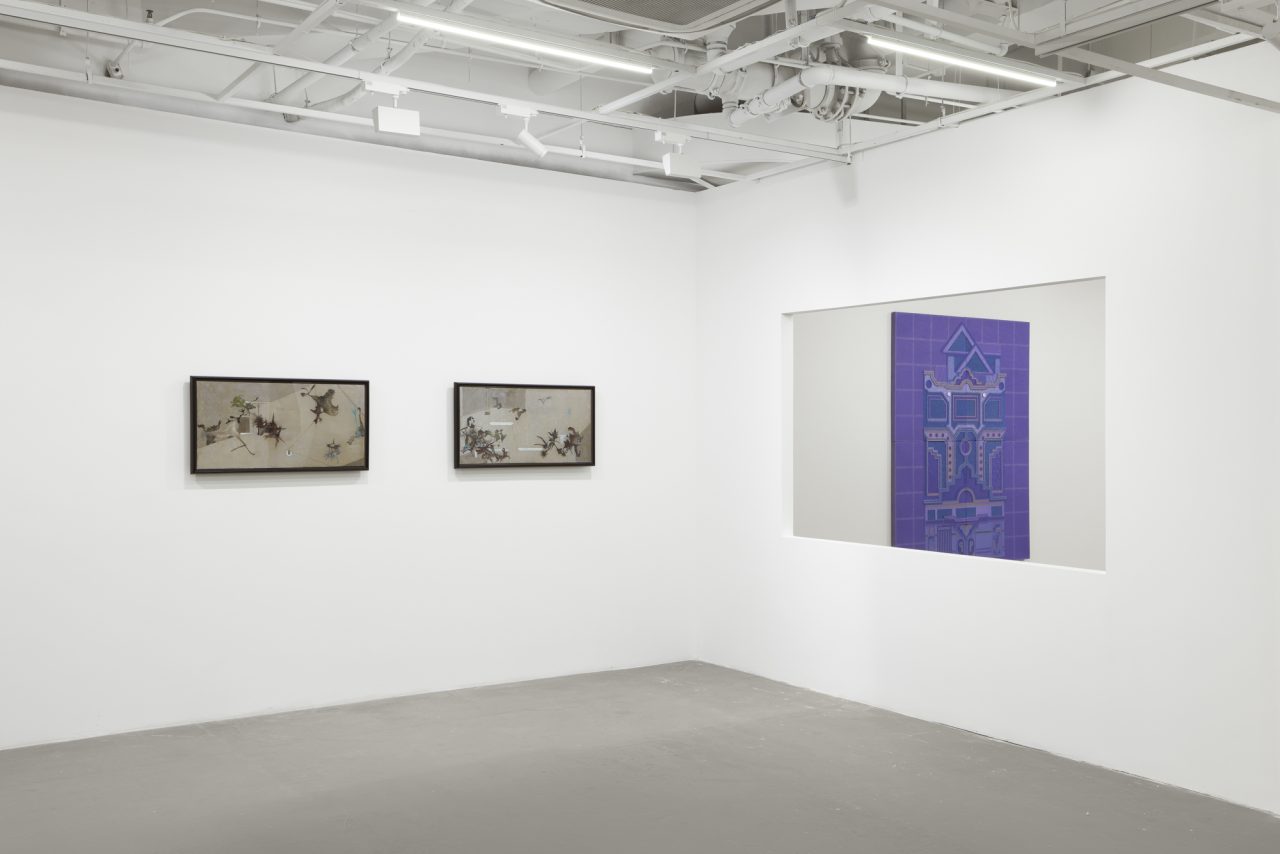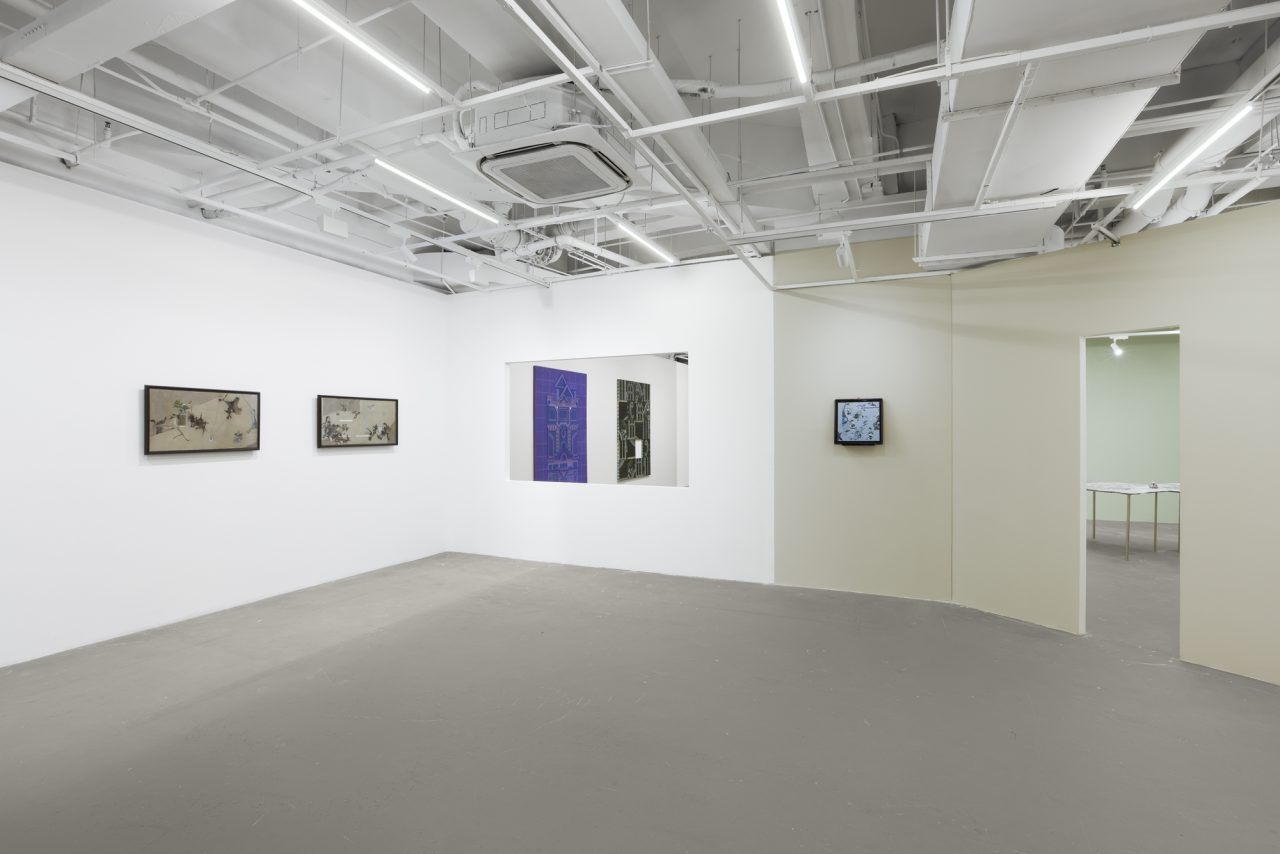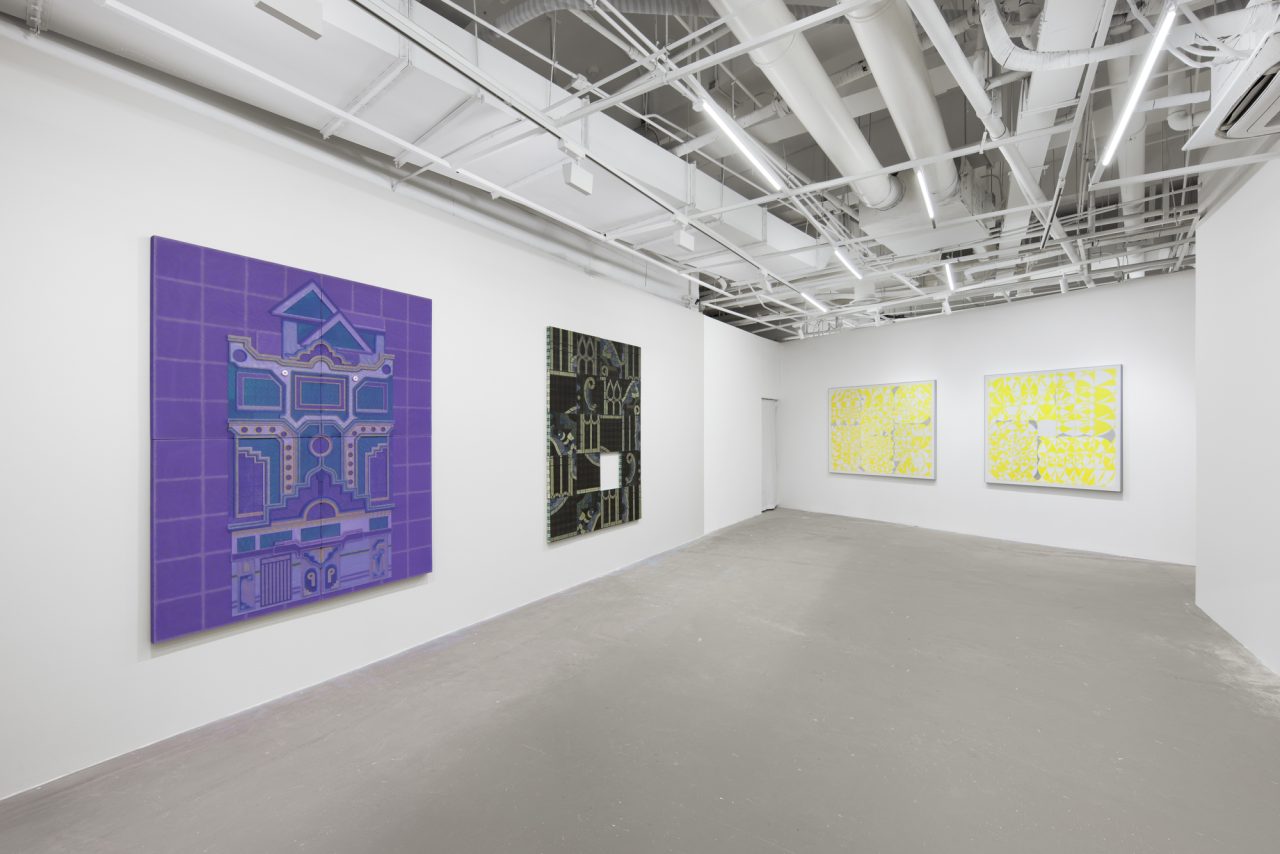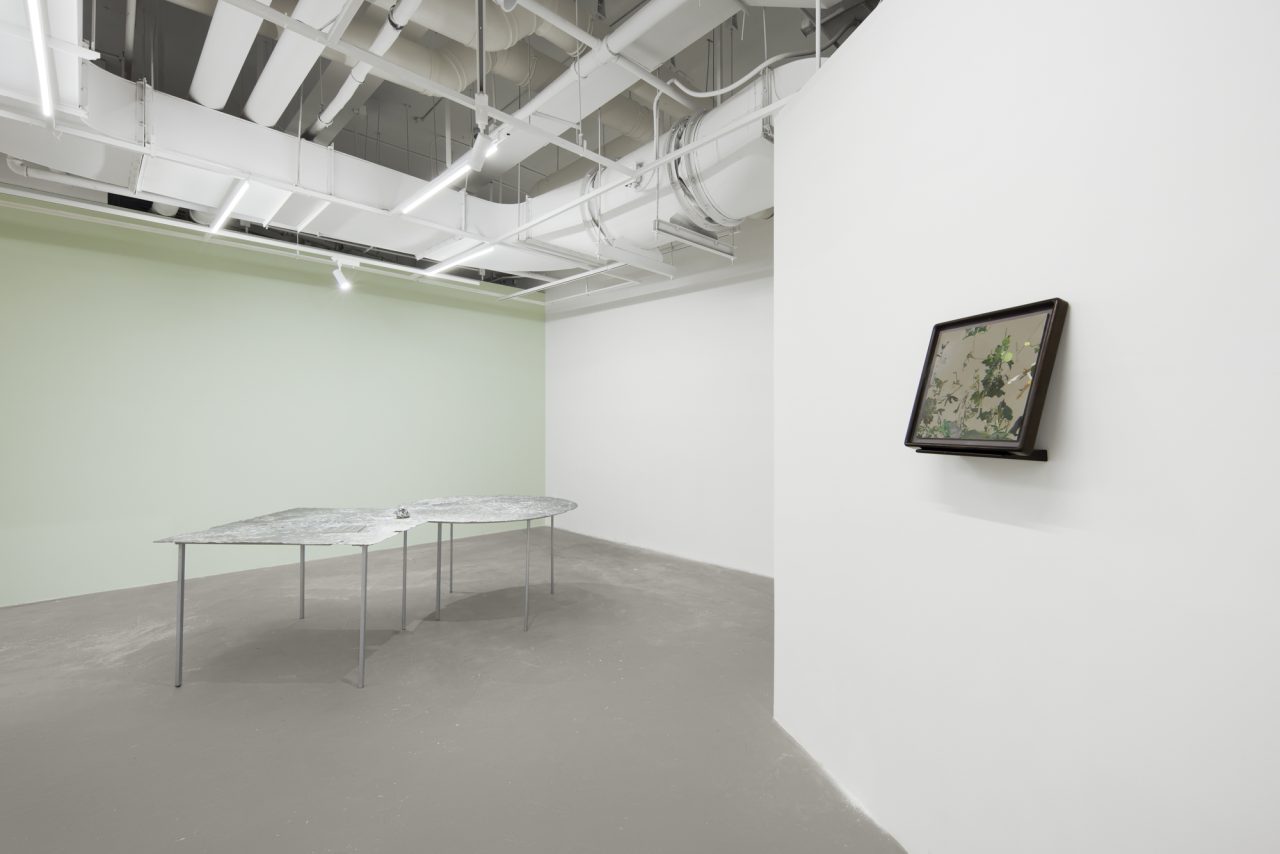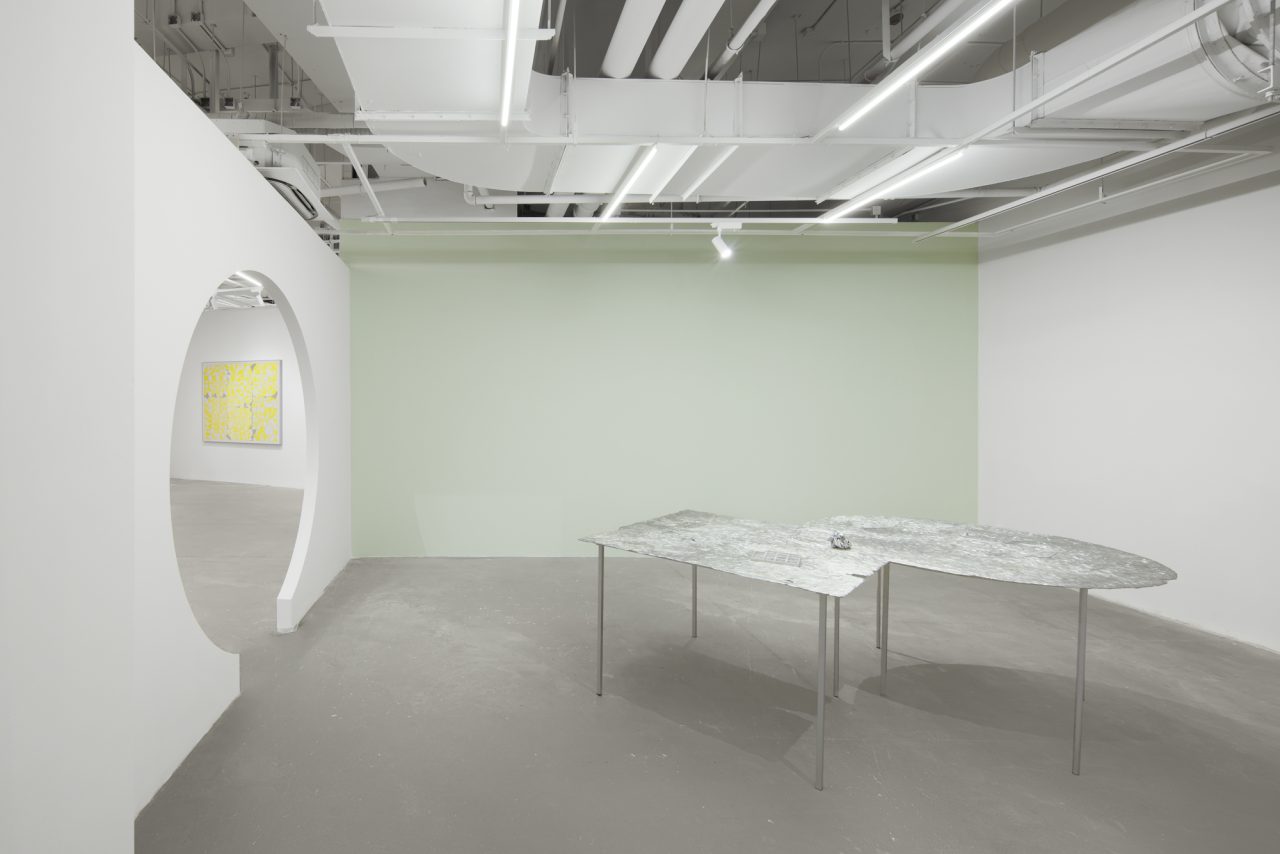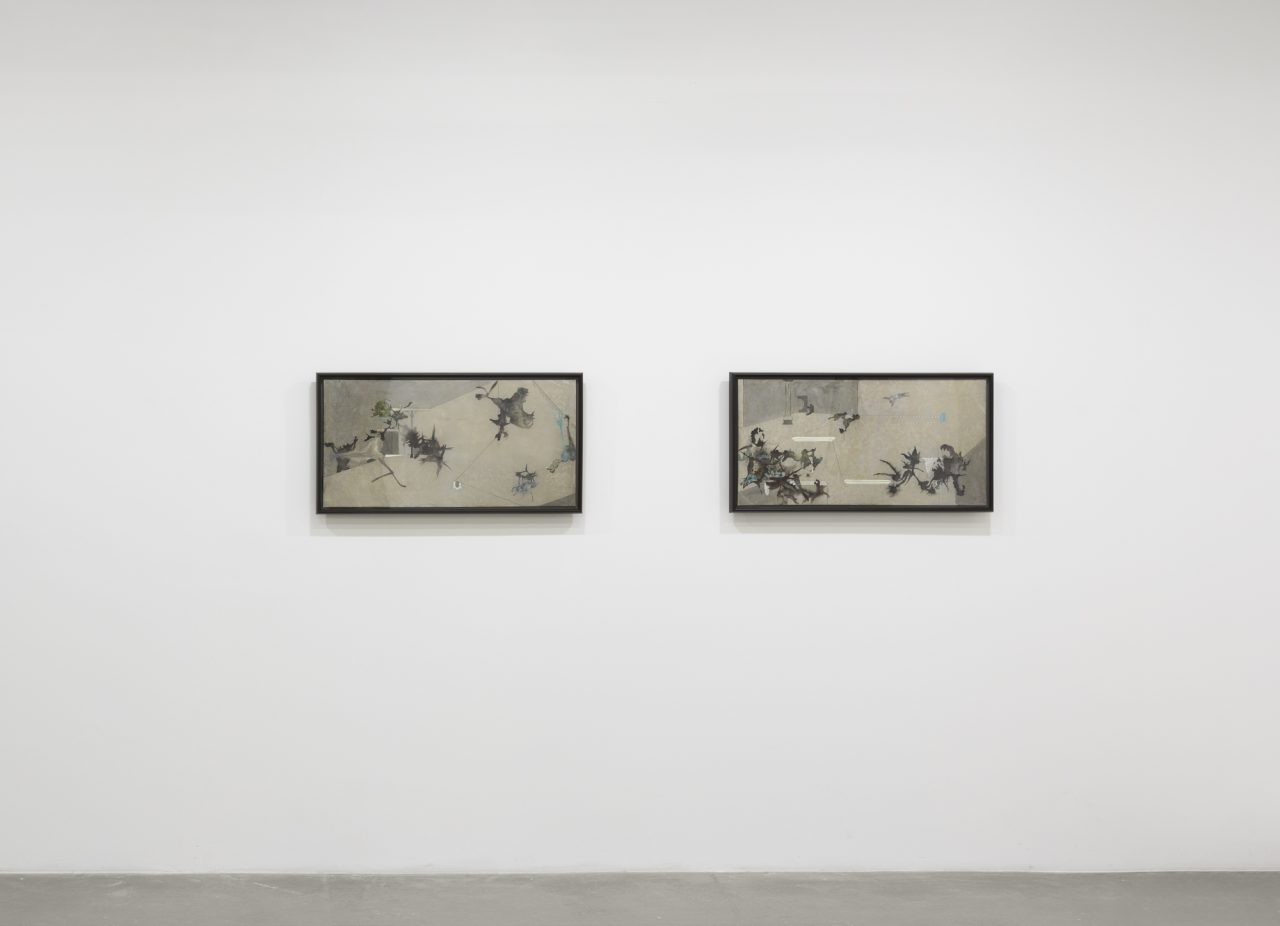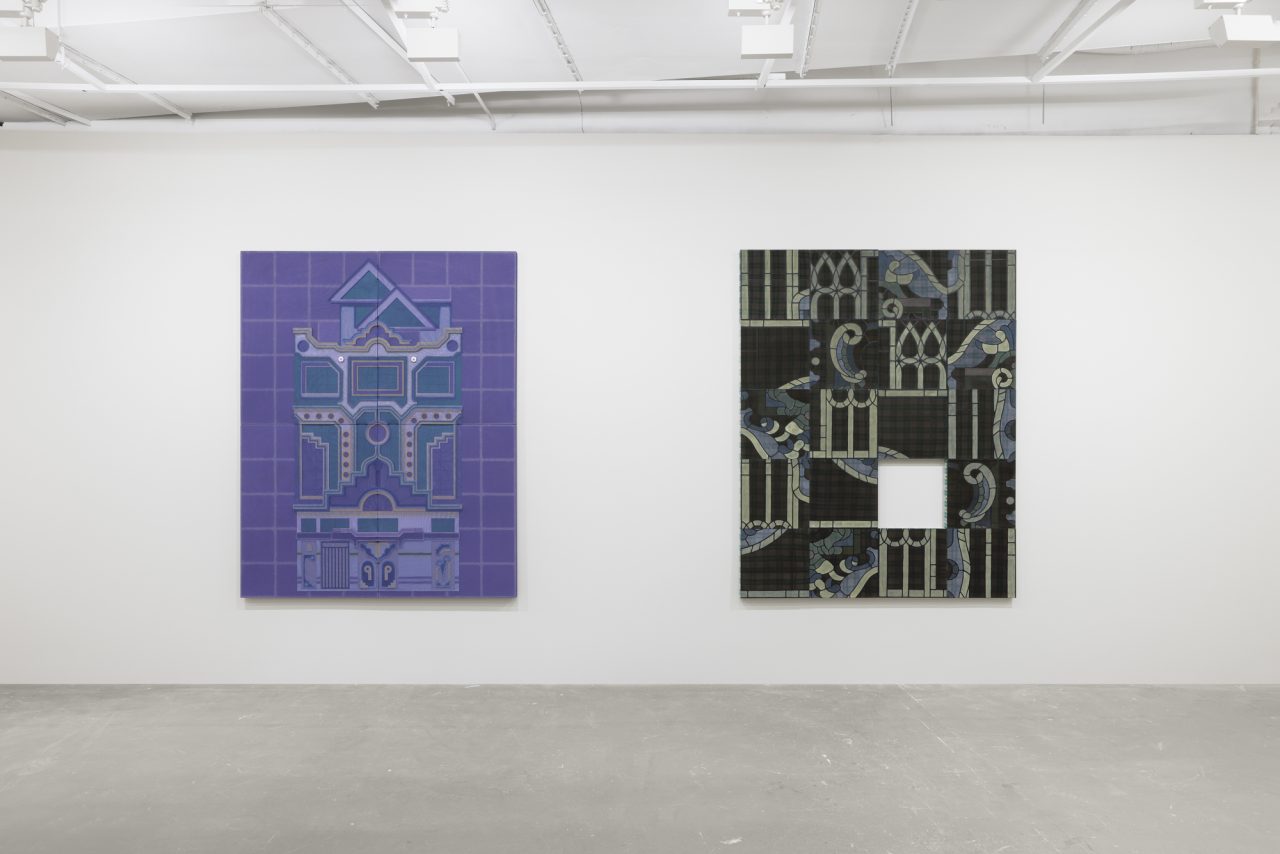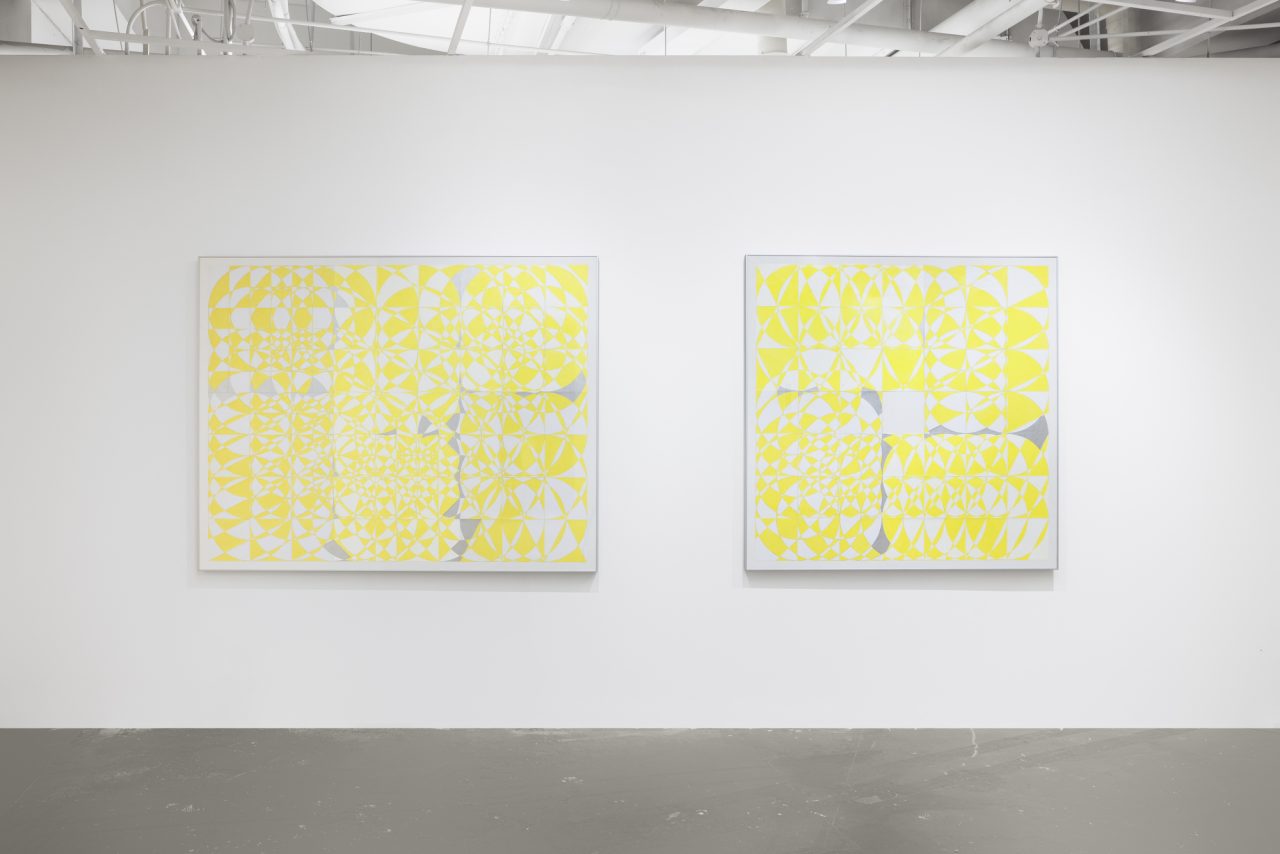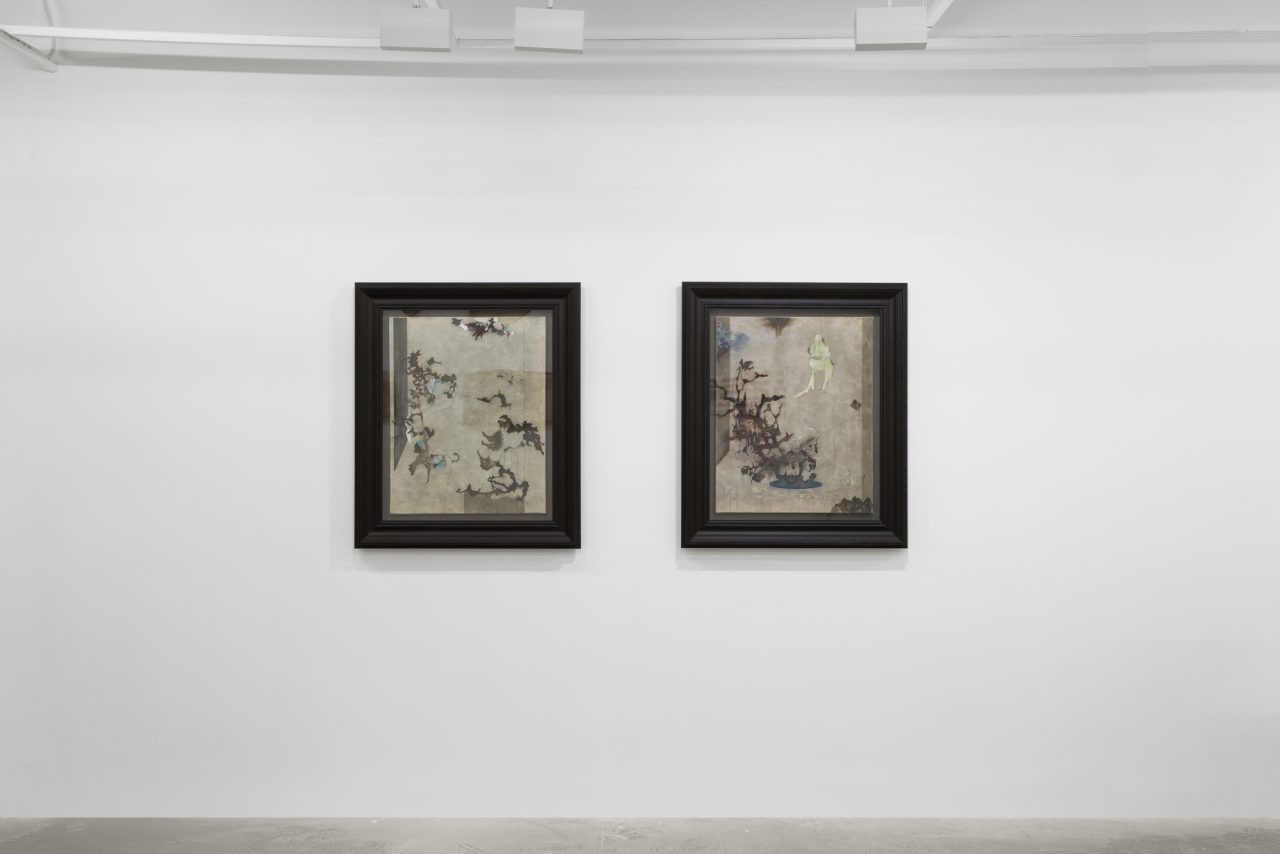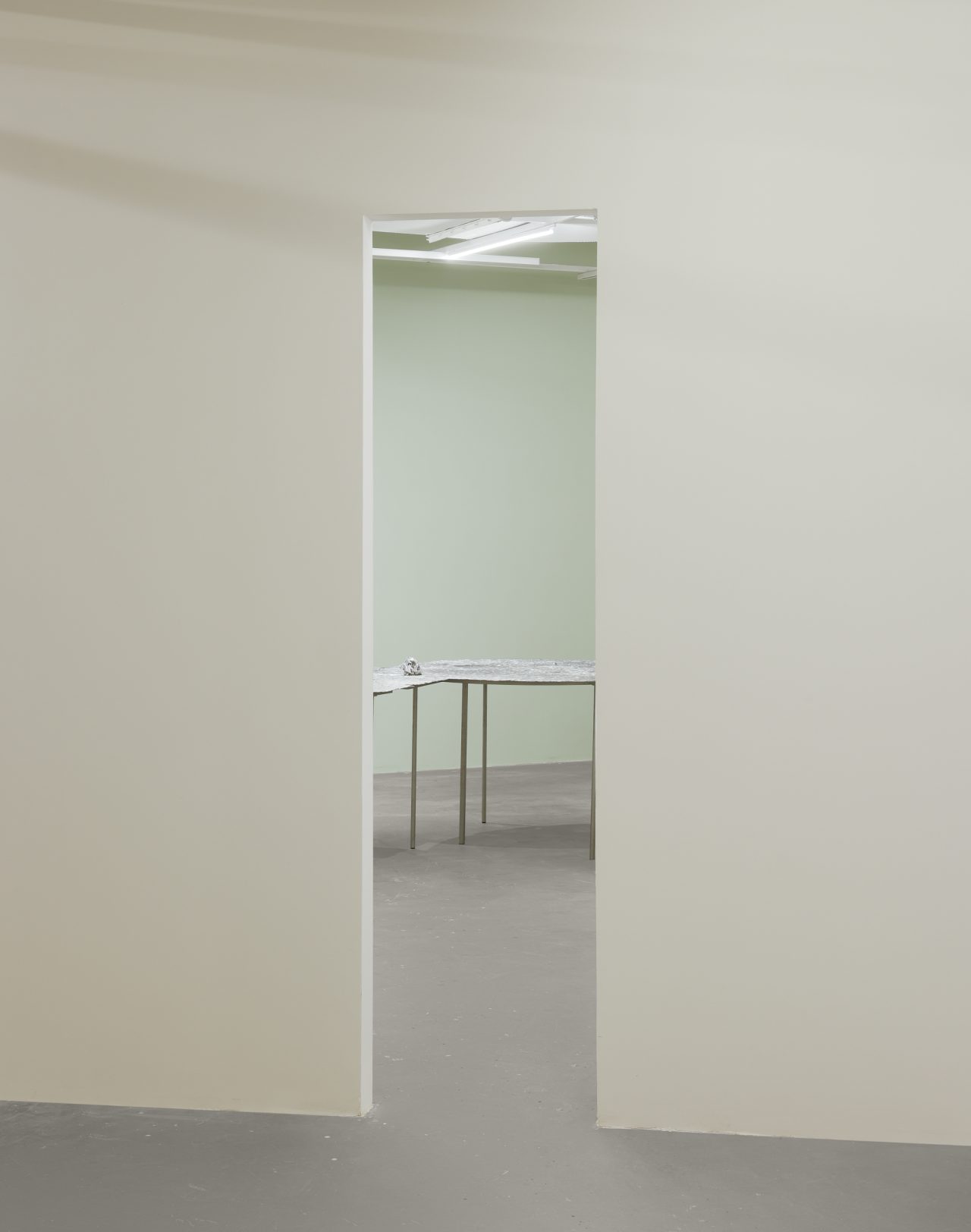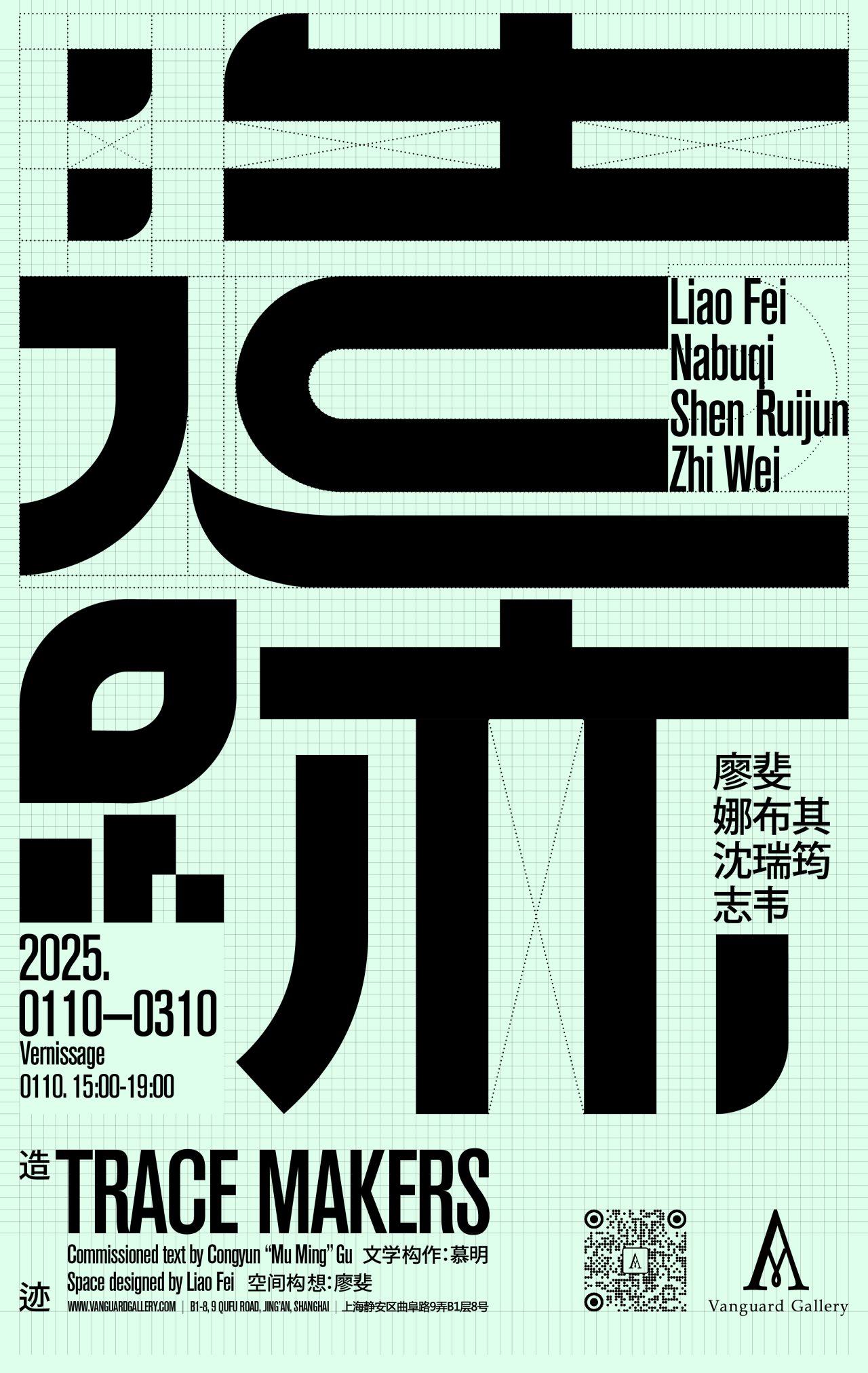
Vanguard Gallery’s first exhibition of 2025, “Trace Makers”, presents the works of four artists—Liao Fei, Nabuqi, Shen Ruijun, and Zhi Wei—whose practices encompass a variety of media, including sculpture, installation, painting, and mixed materials. The exhibition explores the core subject of reconstructing both natural and man-made spaces through conceptual frameworks. The exhibition specially invites speculative fiction writer and author of The Serpentine Band, Congyun “Mu Ming” Gu, to write a literary interpretation of the works from a first-person perspective. Drawing on Platonic ideas of “forms” and the paleontological concept of “trace”, Mu Ming delves into the “spiritual landscape” that emerges from the works, guiding the viewer’s attention to the hidden order that lies beneath the surface of everyday experience.
Form and Trace
By Congyun “Mu Ming” Gu
This exhibition focuses on the practices of four artists—Liao Fei, Nabuqi, Shen Ruijun, and Zhi Wei—whose works, in their use of materials, forms, and concepts, present distinct expressions. Yet, these works weave together visual and conceptual explorations across multiple dimensions, engaging with everyday objects, natural landscapes, and spiritual experiences.
My initial impression of the exhibition works is that while the sensible objects are seemingly mundane, even mediocre, the artists appear to be exploring or revealing the underlying “forms” within them. In ancient Greek, the term “form” (μορφή) was not a specialized philosophical term but part of everyday language, denoting the “appearance” or “visible form” of things. Plato, however, reversed this meaning, elevating “form” to an unseen state within the natural world, a manifestation of things in the realm of ideas, or their essence. In this exhibition, the artists capture and convey exactly such unseen entities. Perhaps it can be understood as the artists restoring familiar everyday objects to their inherent spiritual concepts, those existing in the realm of ideas, and then reconstructing them according to their own internal logic in the real world. Thus, the artworks guide the viewer through a journey between concrete objects and abstract ideas, gradually entering a multi-layered “spiritual landscape”, discovering deeper order within everyday experience, and reconsidering the relationship between the self and the world.
Meanwhile, if we shift our focus from merely the presentation of the spiritual landscape to include the process of its formation, we can observe that despite the artists’ varied approaches to form and medium, all their works bring out a sense of memory through their handling of everyday objects. This evokes a spiritual layering and conveys a feeling of spiritual sedimentation. Thus, I retrieved the concept of “trace fossil” from paleontology, which I find useful in describing this notion. In paleontology, a trace fossil refers to the marks left by biological activities in the environment. In this context, it can also refer to the “spiritual landscape” left behind by human thought as it accumulates over time. Paleontologically, the organisms and traces rarely coexist—ancient traces are the only evidence through which we understand or reconstruct past biological behaviors and environments. In this exhibition, what we encounter are also non-human, relatively objective phenomenal forms. Yet, through the artists’ unique approaches, they can also be seen as traces of the creators’ individual or collective psyche.
Liao Fei’s works are characterized by strong symbolism and abstraction, with a pronounced pursuit of “form”. When observing Liao Fei’s works, I am reminded of a cool, scientific inquiry or an engineering project. However, the subject of this exploration is not simply objective reality but rather complex entities that are steeped in the traces of human cultural activity. The influence of minimalism or reductionism is evident, but the artist’s approach goes beyond abstraction and simplification, extending further to attempt to construct a self-consistent grammar, an expression formed through reorganizing, to probe the essence of things or unlock new dimensions. If symbols serve as metaphors for tangible objects, the artist seems to aim at building a self-operating system of metaphors, or perhaps, a metaphorical edifice. This approach is similar to scientific work or speculative fiction writing.
The “forms” in Liao Fei’s “Chiral Extent” are especially obvious. The way these hand-based units are re-arranged reminds me of Liang Sicheng’s study of Yingzao Fashi (Standards and Models for Architecture). In his study of the Guanyin Pavilion in Jixian, Liang discovered that despite the thousands of wooden components in the building, there were only six basic specifications. Lin Huiyin also summarized that this standardized, modular design in Yingzao Fashi (Standards and Models for Architecture) was the essence of traditional Chinese architecture. In “Chiral Extent”, the “hand” has evolved into several forms of spatial construction, which may be viewed as standard materials for a new architectural style. So, if these materials, which combined the spiritual and the scientific, were used to build a sacred space for the post-human era, what would that look like?
Nabuqi’s “Geo-cataloguer” is the source of the term “spiritual landscape” and the largest-scale work in the exhibition in terms of both physical and conceptual scope. My first impression of Nabuqi’s works was vastness. In my personal travel experience, the farther one reaches toward the ends of the earth—such as Alaska or Tibet—the more simplified the reflection of mountains and landscapes becomes in one’s mind. The sky stretches far, and it could almost be said to be empty. Thus, I understand how the artist attempts to reflect her feelings and thoughts through these simple, highly metaphysical forms.
In “Geo-cataloguer”, the pursuit of “form” is unmistakable—geometric elements like the metal rulers on the table seem to hint at humanity’s attempt to impose order upon nature. In this piece, the “trace-making” not only shapes the landscape itself but also symbolizes human activity’s imprints. If this work were to be described in literary terms, I would compare it to postmodern novels full of self-reference and metanarrative layers. At first glance, it appears simple, but within its subtle nested layers, meanings emerge and recede.
Shen Ruijun’s Self-Reserved Land Project presents a syntax and concept that feels deeply familiar. How to source materials from a small, self-contained world and form a beautiful, self-consistent, and vibrant landscape or narrative is also something I pursue in my writing. Two aspects of this series particularly resonate with me. First, the emphasis on parts and details. Each piece in this series presents a focus on specific details, or rather, it is more like a cross-section compared to the panoramic views often seen in traditional landscape and bird-and-flower paintings, with the image breaking off at the edges of the frame. This approach reminds me of the woodcut illustrations in Ming and Qing dynasty novels, where walls are opened up, and readers are given direct access to the innards of daily life. Secondly, it could also be understood as a practice of “form” or “trace-making”. In this series, tree leaves, branches, and bird shapes are not only represented in complete forms, but also in outlines stripped of light, shadow, and color, even appearing as unfinished sketches. This is an effort to return to essence, while also displaying the process of trace-making step by step.
This series also reminds me of traditional Chinese painting techniques, particularly the practice of handscrolls, where multiple temporal and spatial dimensions are depicted on a single scroll, allowing the viewer to move through time as they physically progress along the artwork. However, in Self-Reserved Land Project, the temporal shift is more abrupt and nonlinear. If the traditional handscroll were like a long narrative written strictly in chronological order, Self-Reserved Land Project is more like a contemporary novel employing non-linear narratives, memory, collage, and other temporal techniques.
Zhi Wei’s works carry a high emotional intensity. Amidst these grand, soft, everyday objects, it is easy to sense that the artist might wish to return to a childlike perspective on the world, though not purely one of innocence. A key element of the works is the choice and use of fabric: the semi-transparency and layering of fabrics cause the images to shift and reveal hidden content as the viewer moves, creating a continuous visual disturbance and new discoveries. The fabric’s veiling also embodies the complex relationship between concealment and revelation—like in “A Small Lie”, where Pinocchio is wrapped almost beyond recognition. This approach suggests the blurring and extension of identity and memory, alongside a search for the “truth.”
After all, fabric itself is a game of concealment and revelation, and weaving is an analogy I greatly admire for writing. The challenge for the creator lies in how to weave multilayered information and emotional threads into a coherent pattern, while hiding the complexity of the loose ends, yet leaving space for subtle and multilayered interpretations. Individual memory and personal experience deeply influence this form of language, so the intent of “Trace Makers” is also quite clear: it is both the trace of the individual in relation to social reality and the cultural imprints left by the accumulation of time.
Installation View
Artworks

LIAO Fei
Diffraction Generation 2
120 x 80 cm
2019
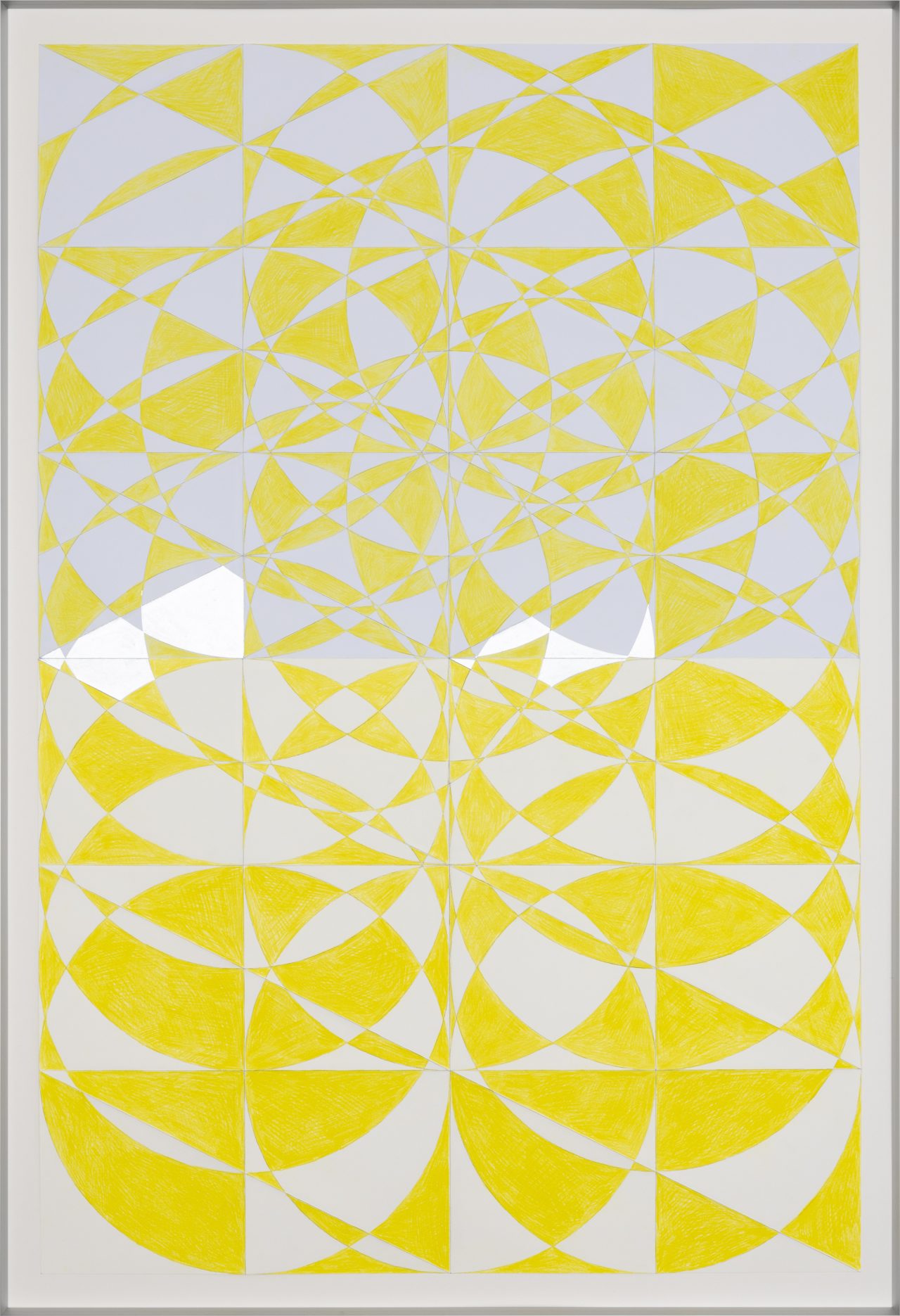
LIAO Fei
Diffraction Generation 3
120 x 80 cm
2019
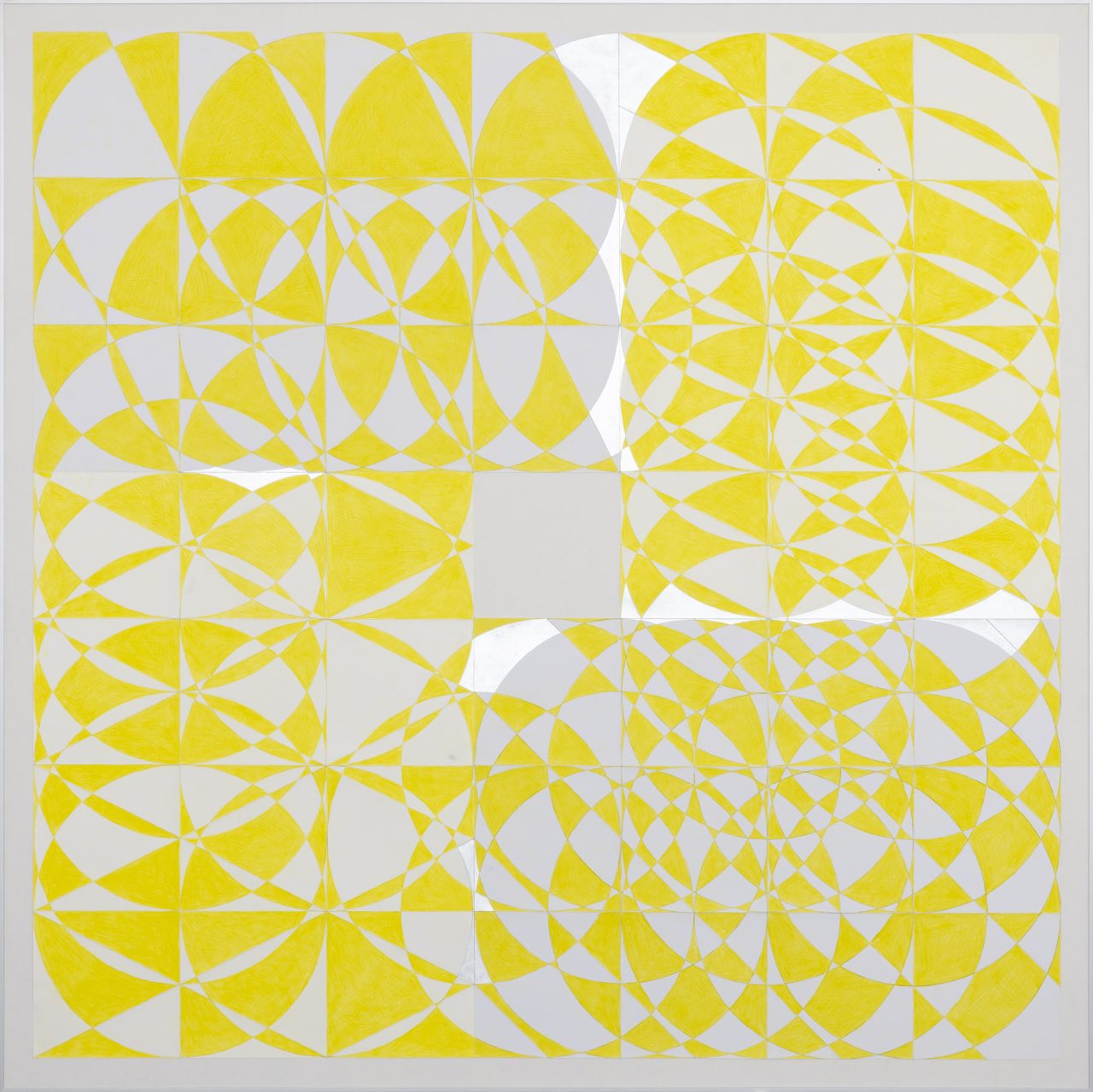
LIAO Fei
Diffraction Generation 6
140 x 140 cm
2019
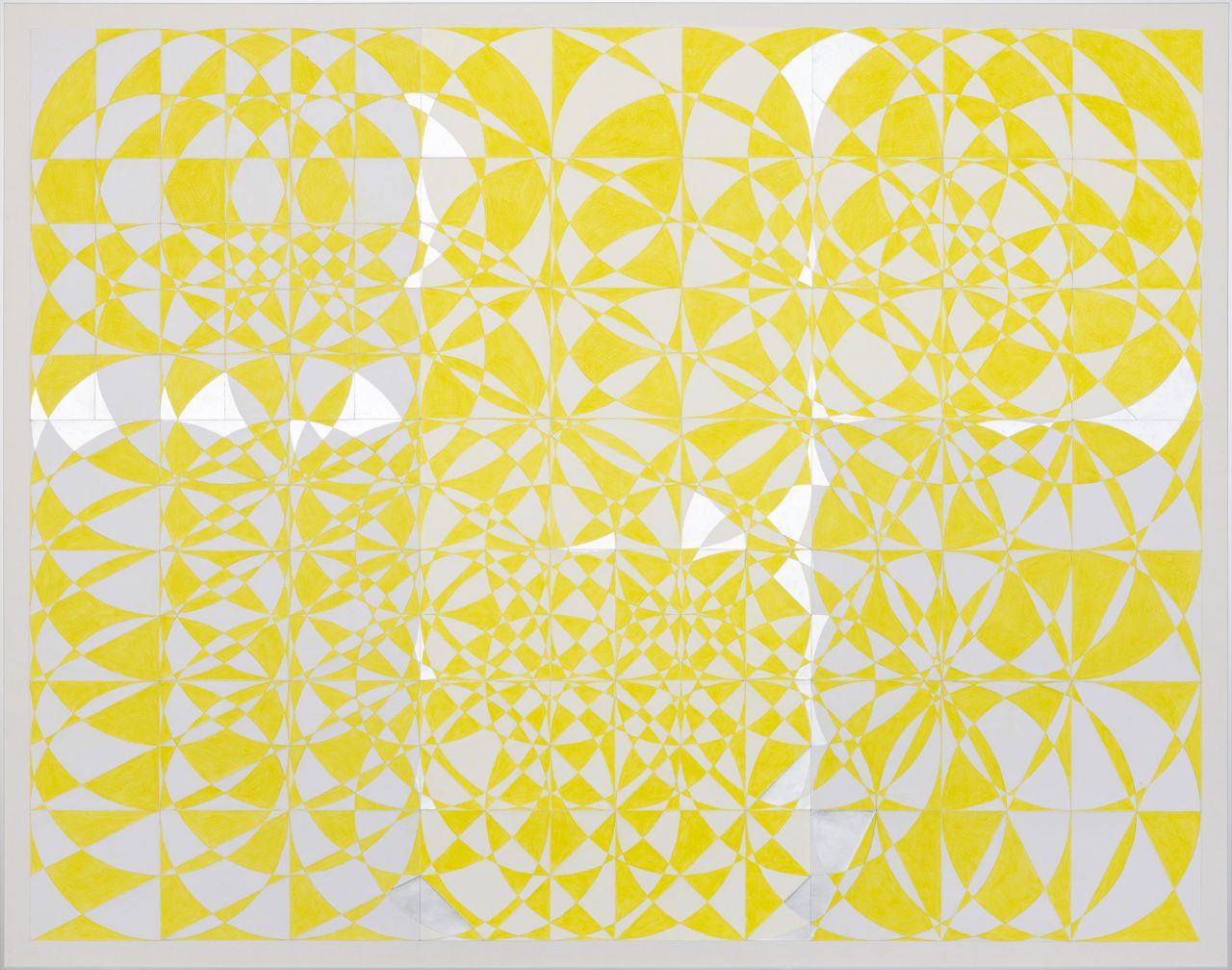
LIAO Fei
Diffraction Generation 7
140 x 180 cm
2020

Nabuqi
Geo-cataloguer
260 x 170 x 80 cm
2024 | Ed 3 + 1 A.P

Shen Ruijun
Cucumber Field
32 x 32 cm
2023

Shen Ruijun
Papaya
34 x 34 cm
2024

Shen Ruijun
Summer Hill
76 x 61 cm
2009

Shen Ruijun
Peeking
76 x 61 cm
2009

Zhi Wei
Freddy Mamani’s Green Building
200 x 160 cm
2021

Zhi Wei
Window Puzzle
200 x 160 cm
2021
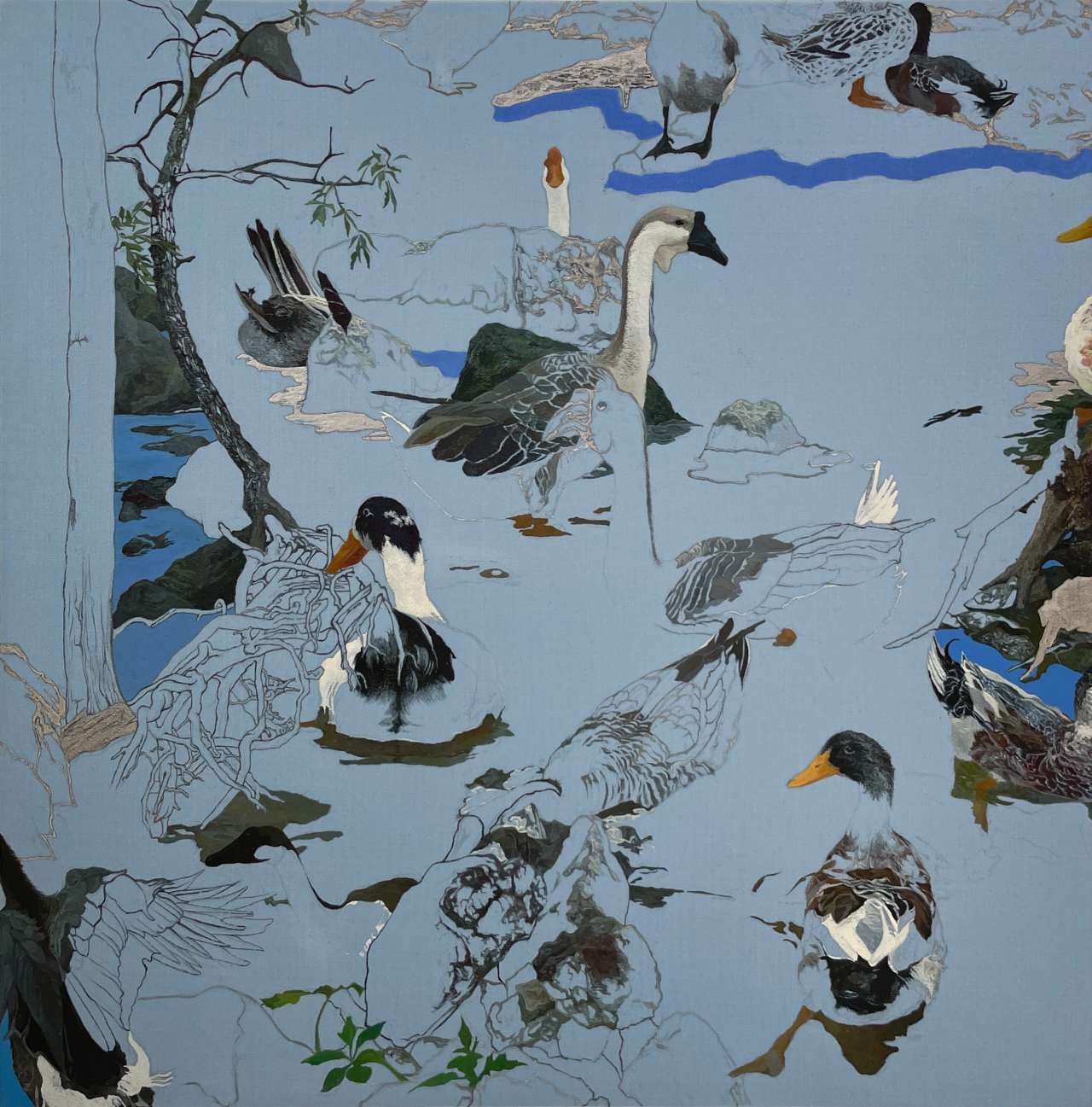
Shen Ruijun
Spring Duck
36 x 36 cm | 2023

Shen Ruijun
Night of the Temple
56 x 91 cm* 2
2009

